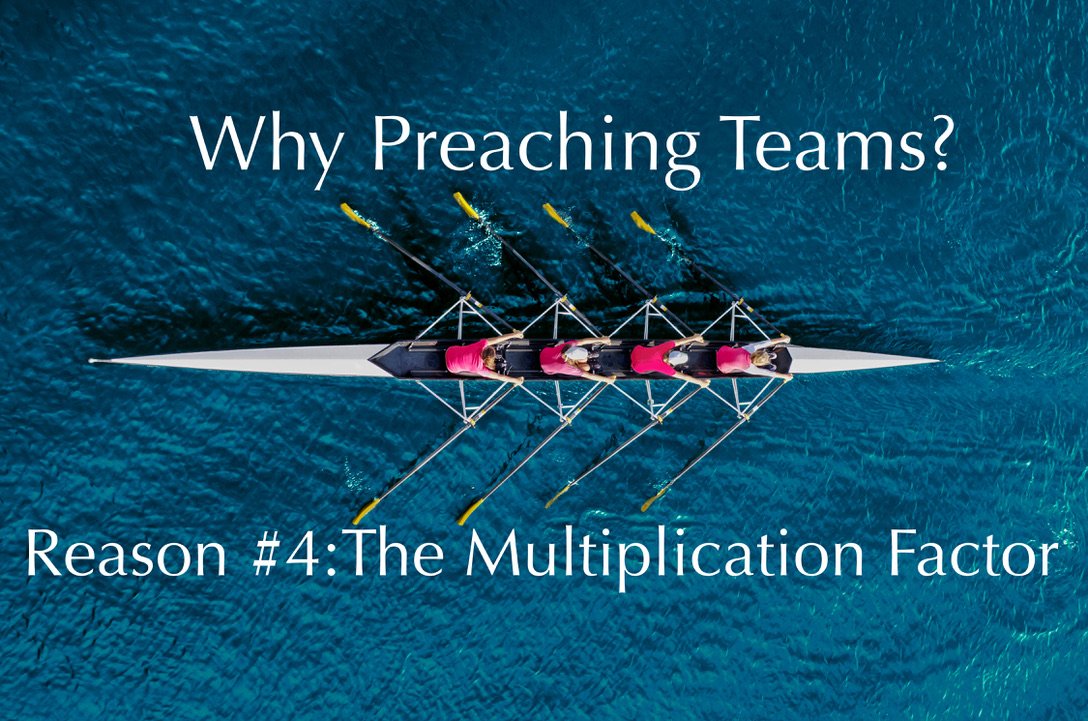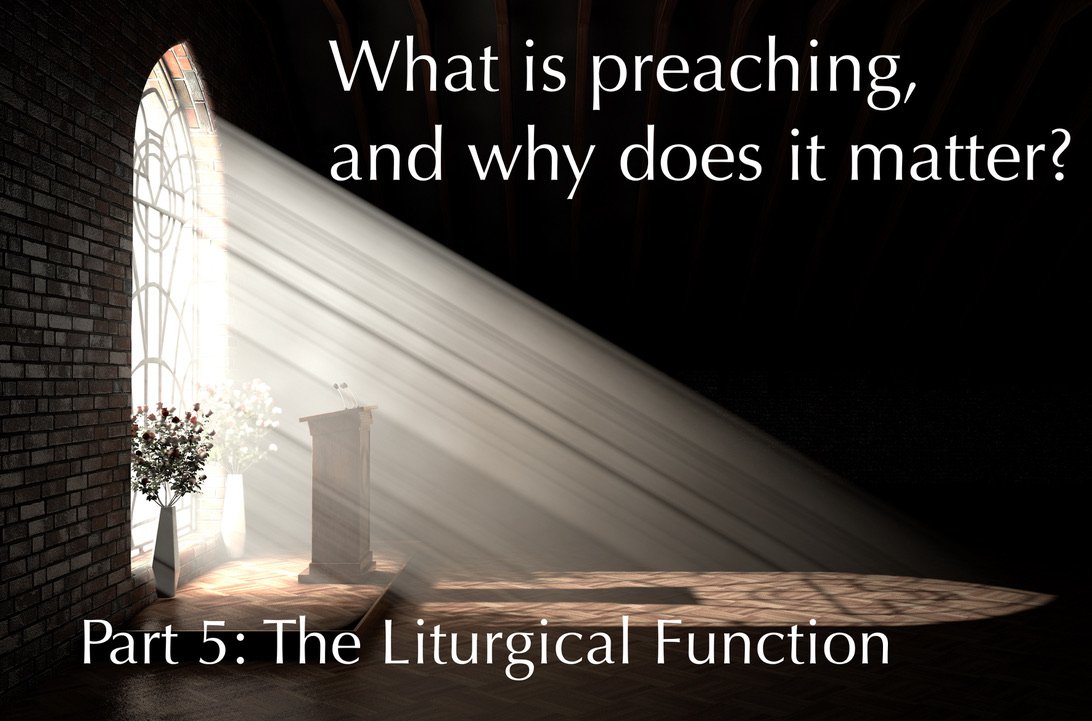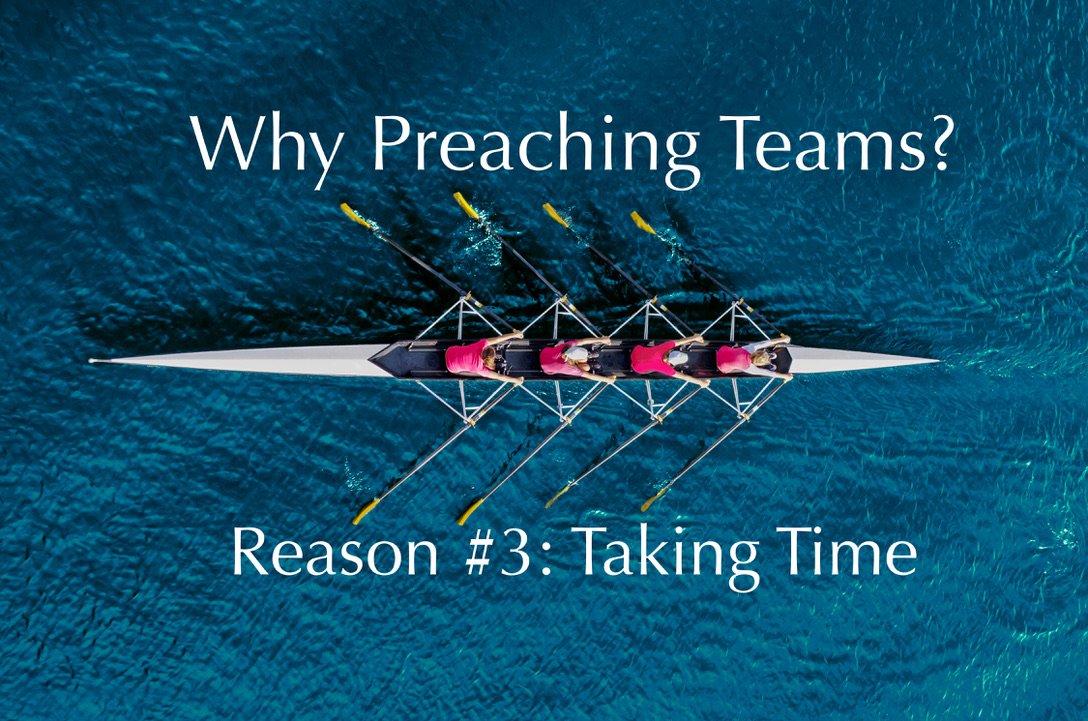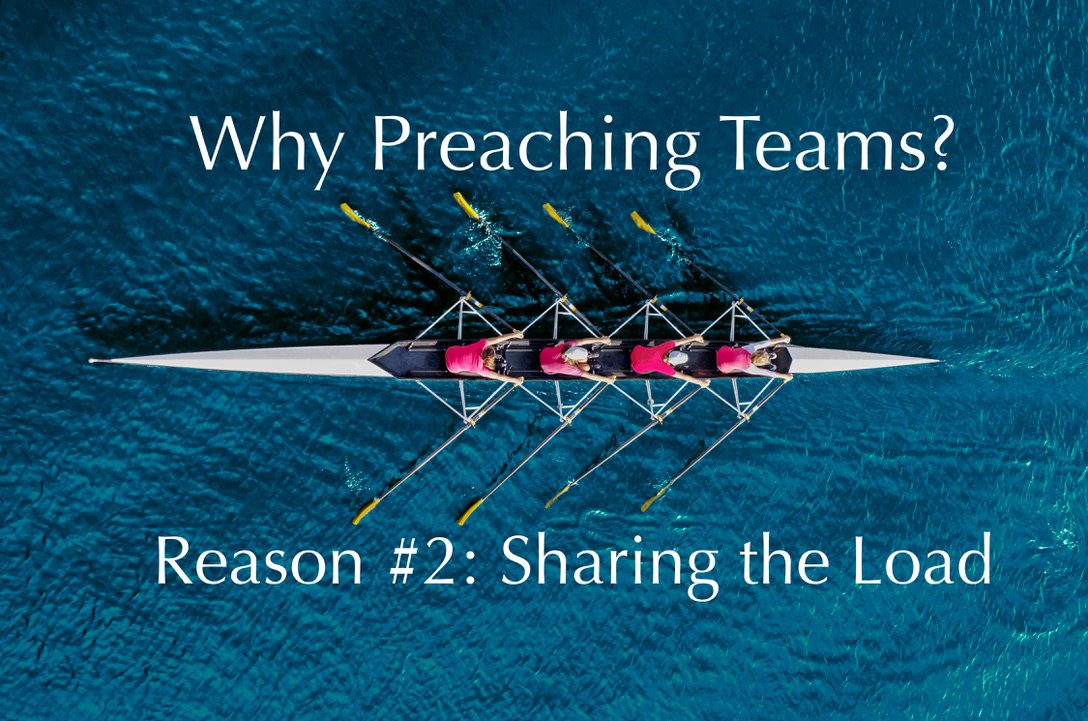



Welcome to Preaching Prof!
This site exists for preachers … new preachers, old preachers, preachers-to-be — anyone who wrestles with the challenge of standing before a group of people with the weight of speaking a word from God into the lives of contemporary hearers. Watch this brief introductory video, and look around for anything that might be helpful to you!
Help for Preachers
Book Reviews
We should never stop learning. Here are resources old and new that have challenged and inspired me along the way.
Sermon Seeds
I won’t give you sermons, but I will give you seeds that you can plant and cultivate in the soil of your own heart and ministry.
Blog
Tips for beginning preachers as well as seasoned veterans, and other longer articles on various topics related to preaching.

Towards Preaching that is Bible-Based, Gospel-Driven, and Story Shaped.
Featured POsts
A handful of choices define every preacher. From where will the message come? Will it offer answers gleaned from the social sciences, public opinion polls, celebrity talk show hosts, or political dogma? Or will it flow from the acts and words of God discovered and experienced in the Scriptures? What will the preacher’s sermons do? Will they instruct, leading to better informed hearers? Should they offer perspective, encouragement and comfort, leading to better adjusted hearers? Will they admonish and exhort, leading to better behaved hearers? Or will they seek transformation, leading to simply better, reborn, hearers?
These and other key issues fill the pages of every good Homiletics textbook. One question, however, which can, in subtle but powerful ways, define and drive a preaching ministry, is often overlooked: What is the preacher’s, and the sermon’s, relationship to culture? The answer to this question will make all the difference in the direction a preacher’s ministry will take.
How do we make disciples in a post-Christian world?” I am convinced that the answer must begin with the story we tell. I’m not talking about merely “telling stories,” that people like to hear. We must tell the story — the grand narrative of the Scriptures that shapes our view of the world, of ourselves, and of history. Why? Because the single most important factor for forming identity, character, and purpose is how we answer the question, “In what story am I living?”
I believe that preaching in a post-Christian context will require, as a rule, a story shape. I have some good reasons for this, which I will share, but I recognize that I am swimming upstream in our Evangelical sub-culture. The weakness of some narrative preaching is no reason to discard the Bible’s most prominent form
Perhaps the best starting point for this series of posts on Story-Shaped Preaching is to define what it is, and what it isn’t. I’ll do this by answering three myths that I sometimes hear about narrative preaching.








Recent Posts
Preaching as a team of servants who share ministry in a local church multiplies the impact of both ministry and message. The ministries of all shape the message of each.
If we work and preach in isolation, we may slowly grow as preachers over time. But on a healthy preaching team, iron sharpens iron and each preacher grows exponentially. The result is greater benefit for the people of God, and more effective preachers for the glory of God.
A preaching team made up of complementary strengths and personalities frees every preacher to preach from their own strengths with greatest benefit to the hearers.
When a group of preachers with differing personalities and styles feed a flock with a consistent gospel message, the focus naturally shifts from the preacher to the gospel. The messenger becomes secondary, and the message becomes primary. We decrease. Jesus increases.
If you are a preacher who wants to pursue kingdom multiplication in your ministry, the thing you most need to reproduce is other preachers. A preaching team provides a great way to do this.
To proclaim God’s word is to call God’s people to worship. This doesn’t mean simply that worship is the most important application point in the sermon. It means that worship fuels every application point in the sermon. The ultimate and highest goal of preaching is that hearers walk away from the sermon filled with wonder, awe, and joyful delight in God. When this happens, all application becomes spontaneous response rather than dutiful obedience or moralistic burden.
A preaching team frees the preacher to take the time necessary to deliver not just a good talk, but a message from God’s heart.
This is the prophetic function of preaching: naming our brokenness. Peeling back the layers of our denial, our deflection, and our self-deception to give a name to the self-destructive inclination of our hands, our heads, and our hearts. Why does this matter? Because only when our rebellion is named can we repent of it. And only when we repent can we experience redemption. And only through redemption can we enjoy restoration. Naming our brokenness is the at the trailhead to the only possible path to wholeness, healing, and grace.
The most obvious benefit for a preaching team is that it relieives the pressure on the senior pastor to carry the entire load of a church’s ministry of proclamation.
In the end, discipleship is more caught than taught. So, the important question for a disciple-making preacher is not just “what are my hearers learning from the content of my preaching?” but, “what are they learning from the example of my preaching?” How we preach is as important as what we preach. Here are three important ways our practice of preaching will shape the discipleship of our church.















As a young pastor, I was reluctant to preach about money. At the time, however, I knew several older preachers who relished any opportunity to tackle the subject. I wondered why this was so. Did they just not care who they offended? Were they jaded to the financial demands on their hearers? Did they just not know that they ran the risk of feeding the “money-grabbing-preacher” stereotype that already existed in peoples’ minds?
Now that I’m an older preacher, I think I understand. The longer I live, the more I realize that the only thing that really matters in my ministry is to make disciples. And the longer I try to make disciples, the more clear it becomes that how we use our money is the truest measure of our discipleship, because it reveals where our treasure really is.